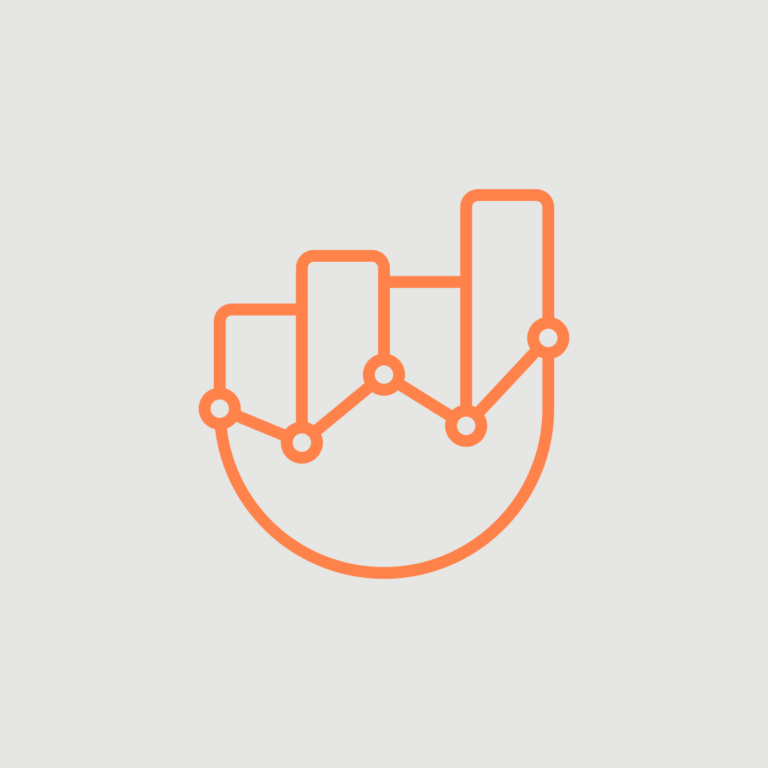Conversion isn’t a tactic — it’s an experience.
You’ve Optimised the Funnel. Now Optimise the Experience.
The campaigns are running. The messaging is clear. You’re driving traffic to the right pages. But users still aren’t converting — and it’s frustrating.
Sometimes, the issue isn’t your offer. It’s the experience surrounding it.
Good UX doesn’t just make things look better. It builds trust, removes friction, and helps people move through the journey with ease. And when that happens, performance follows.
When Growth and Design Don’t Talk
In many teams, UX and growth operate in parallel lanes. Growth focuses on acquisition and performance. UX focuses on usability and flow. Both are solving important problems — but often in isolation.
And when that happens, the little things get missed.
A buried CTA, a confusing layout, or a clunky mobile checkout can quietly undo all the work that went into getting someone to the page in the first place. These aren’t dramatic failures — they’re subtle frictions. But they matter. Because when they stack up, people drop off.
That’s when high-performing funnels stop performing.
UX Is a Growth Lever
When UX is working well, it almost disappears. The user just moves. They feel confident. They know what to do. They trust the environment.
When it’s not working, even small moments — a hesitation, a missed cue, a sense of uncertainty — can break the flow.
Strong UX creates clarity. It offers reassurance. It guides people through complex decisions in simple ways. That’s not just good design — it’s growth.
And that emotional layer? It’s often the missing link between good numbers and great ones.
Friction Isn’t Always Obvious
I’ve seen it firsthand — a sleek landing page that perfectly matches the campaign visuals, but users bounce within seconds. Or a well-structured onboarding flow that technically ticks all the boxes, but still underperforms.
Why?
Because the experience doesn’t match user expectations. Or it introduces just enough cognitive load that people lose momentum. Or maybe it just feels off.
That’s the kind of stuff metrics alone won’t tell you. But when growth and UX work together to read between the lines — that’s when the magic happens.
Collaboration Beats Silos
The best results I’ve seen come when growth and design teams are sitting around the same table, looking at the same data, and asking the same questions.
When designers understand where the traffic is coming from, they can design more contextually. When marketers understand how users are behaving inside the product, they can optimise with more empathy.
It’s not about shifting ownership — it’s about sharing insight. Teams that do that tend to ship better work, learn faster, and drive outcomes that go beyond just “conversion rate.”
How to Start Working Closer
If you’re looking to build that kind of collaboration, start small.
Bring UX into campaign planning early — not just after the test fails. Walk through a user journey together, from first ad impression all the way to post-conversion. Share session replays. Talk about bounce rates and friction points. Celebrate the wins as a group, not just by department.
And most importantly, agree on what success looks like — not just in metrics, but in experience.
Final Thought
Design and growth aren’t separate functions. They’re two lenses on the same goal: helping people move forward, trust what they see, and feel confident taking action.
So if you want better performance, start with better collaboration.
Conversion isn’t just a number. It’s how the whole experience feels.



